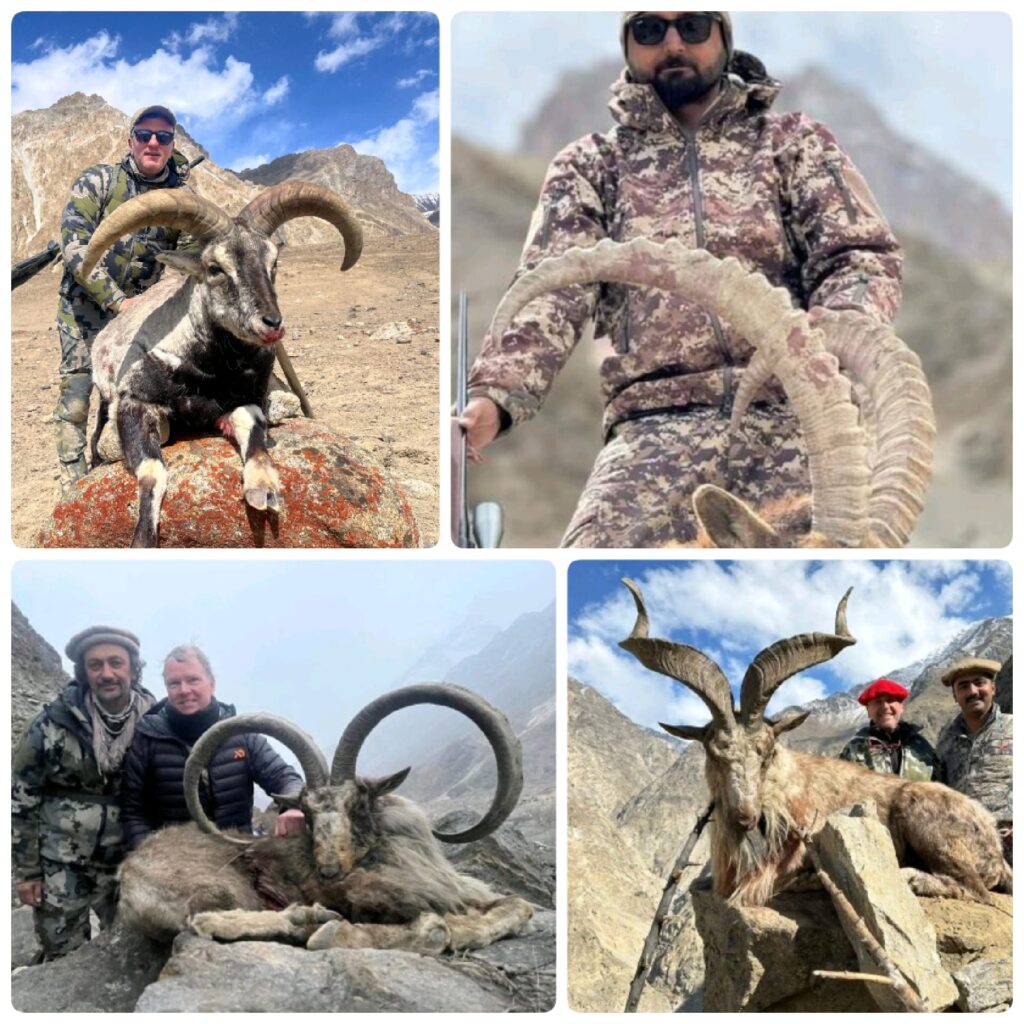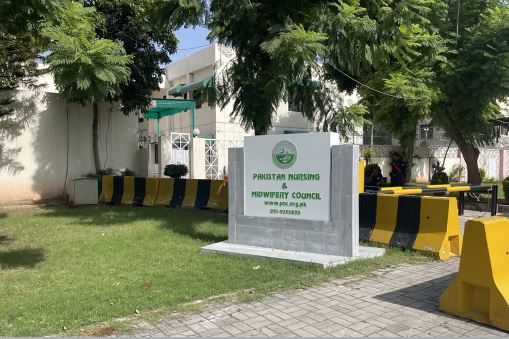- Saba Bajeer Web Desk
- 16 Minutes ago
Gilgit-Baltistan earns Rs 300m from trophy hunting this year
-
- Tanveer Abbas
- May 09, 2024

GILGIT: The Forest, Parks, Wildlife, and Environment Department of Gilgit-Baltistan has successfully wrapped up its trophy hunting season for 2023-24, generating a sum of Rs 300 million in revenue.
The season, which runs annually from November to April, is regulated under the stringent provisions of the Gilgit Baltistan Wildlife Act of 1975. In October 2023, the department conducted an auction, issuing permits to hunt over a hundred rare species, as part of its strategic trophy hunting program.
Among the species listed, the permits included four Astore markhors, 12 blue sheep, and 88 ibexes. The Astore markhor, known for its majestic horns and elusive nature, drew significant attention with permits fetching staggering amounts—the highest going for $186,000, followed by others at $181,000, $177,000, and $171,000 respectively.
The auction also saw competitive bidding for international permits to hunt blue sheep, which were sold for between $26,000 and $35,000. Local hunters participated fervently, with the top permit for a blue sheep reaching Rs 1,800,000 ($6,440), and Rs 1,100,000 ($3,935) for an ibex.
However, according to the department, by the end of the season, a total of 51 Himalayan ibex, 6 blue sheep, and 4 Astore markhor trophies were hunted, generating a total trophy hunting fee of Rs 309,351,708.
The department said Eighty percent of this income is allocated to the respective community-controlled hunting areas, distributed through organized events with formal cross-checking. The remaining twenty percent goes to the government. Of this, the department said, twenty percent is allocated towards improving wildlife habitats, while the remainder is spent on public development projects within the respective areas.
Pakistan’s textile industry sees 64.2 per cent decline in net profit
The department said it was exploring further such areas within the region to declare as protected, in collaboration with the public, to not only safeguard the region’s valuable and rare wildlife from illegal hunting but also enhance the area’s beauty. It is notable that currently, nearly sixty percent of the Gilgit Baltistan area is declared protected, a status achieved through public cooperation and involvement.
The trophy hunting program was first introduced in GB’s Nagar Valley in 1990, initially attracting international hunters and contributing significantly to the region’s economy. The program, which has been a subject of controversy globally due to the hunting of rare animals for sport and displaying their parts as trophies, was later extended to other areas within GB.
Conservationists argue that the trophy hunting program in northern Pakistan helps prevent poaching and empowers local communities. The markhors, usually found at heights between 8,000 to 11,000 feet, descend to between 5,000 to 6,000 feet during the winter months, marking the start of the hunting season.




